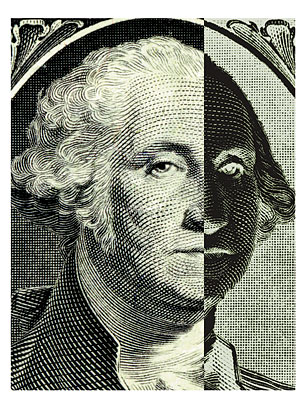
Double dip is not a term that a government keen to extricate itself from the economic-crisis-management business likes to hear. A couple of weeks ago, the Obama Administration was poised to switch to growth mode. Then the ugly data started pouring in like the overflowing Mississippi. First-quarter GDP numbers showed a measly 1.8% increase, well short of the expectations of above 3%, and second-quarter estimates are not much better. Then came a report on housing-price declines that have not been seen since the Great Depression, followed by reports of consumer spending at six-month lows and weak manufacturing surveys. The worst was unemployment figures to make you cry: a mere 54,000 jobs were created in May, less than half of what was expected and less than a third of what is needed to lower a 9.1% unemployment rate.
You can hardly blame Council of Economic Advisers head Austan Goolsbee for picking this moment to retreat to his tenured university post in Chicago. The professor tried to put a good face on things, brushing away worries of a double dip and citing stiff but temporary “headwinds” from such factors as the Japanese-nucleardisaster-related supply shocks and higher gas prices. Fed Chairman Ben Bernanke was somewhat more sober, admitting that the recovery was proving to be “uneven” and “frustratingly slow.” Yet he gave no hint of being willing to helicopter in a third round of fiscal stimulus — at least not yet. “Monetary policy,” he said, “cannot be a panacea.” Or as Goolsbee put it, it’s time for the private sector to “stand up and lead the recovery.”